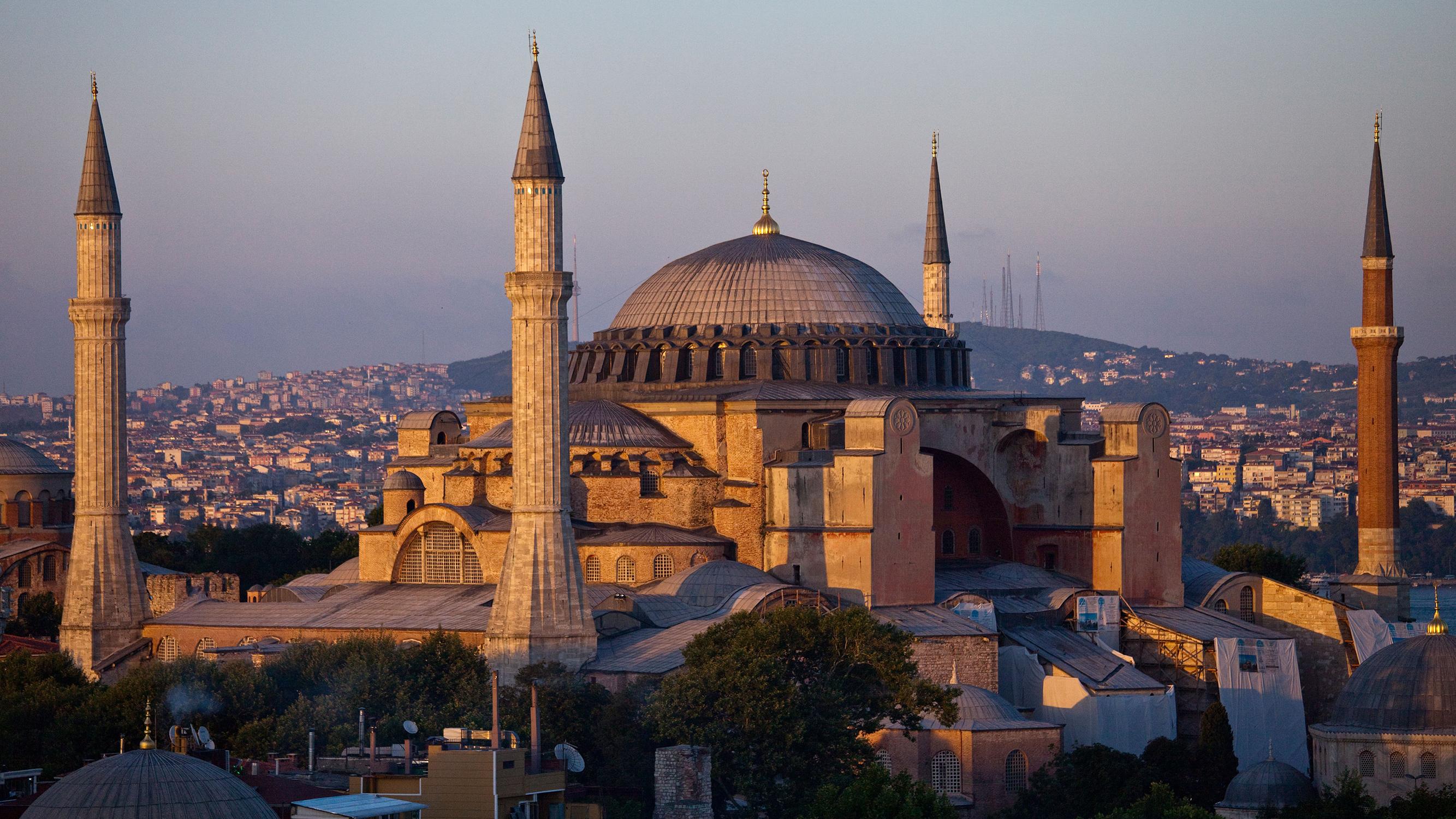Hagia Sophia, the epitome of Byzantine architecture
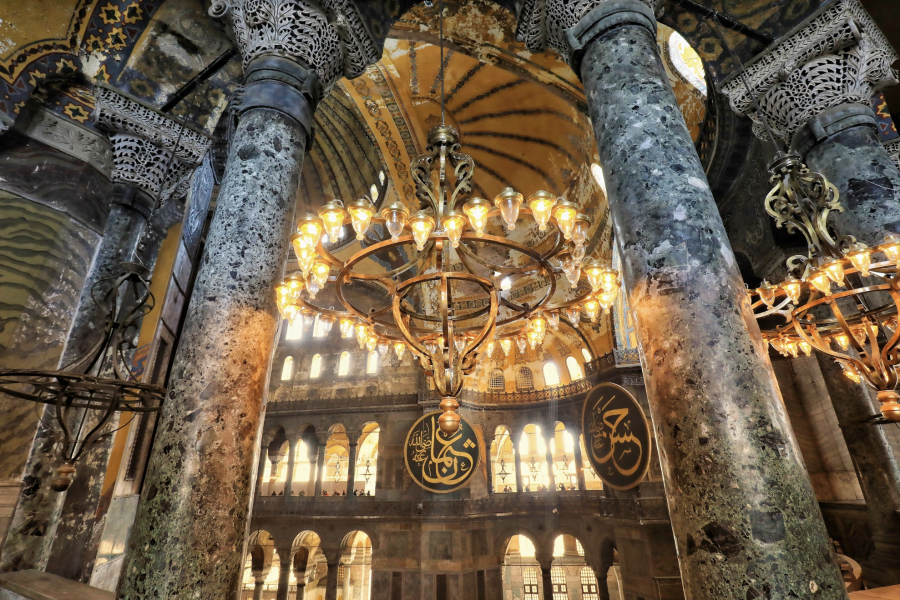
Hagia Sophia, meaning "Divine Wisdom" in Turkish, was originally an Eastern Orthodox basilica, later a mosque, and now a museum in Istanbul, Türkiye. Famous for its large dome, Hagia Sophia is the epitome of Byzantine architecture and has been called the site that "changed the history of architecture." It was the largest church in the world for nearly 1,000 years, until the completion of the Seville Cathedral in 1520.
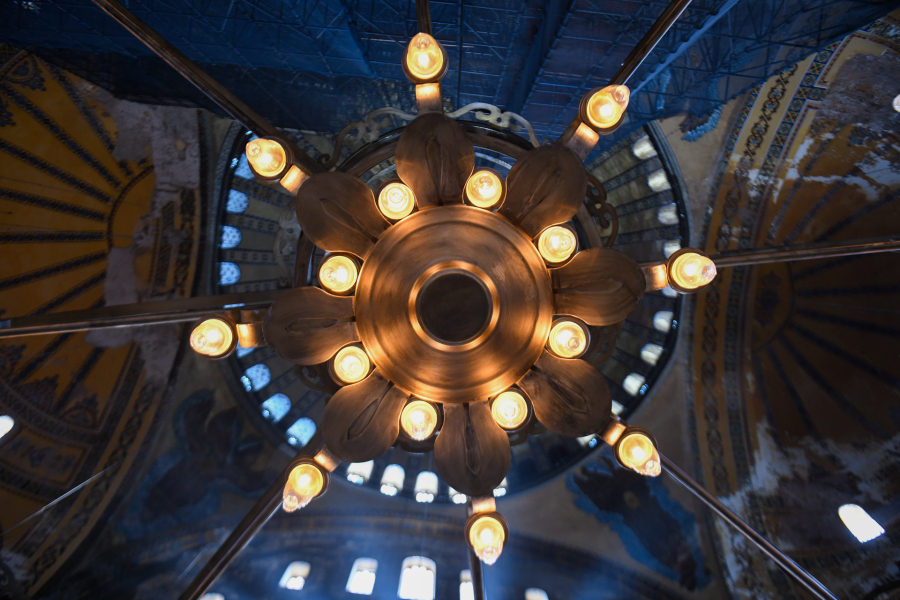

The present building was originally built as a church between 532 and 537 by order of the Byzantine Emperor Justinian and was the third Church of the Holy Wisdom to be built on the site (the previous two were destroyed by rebels). The cathedral was designed by two architects: Isidorus of Miletus and Anthemius of Tralles. Hagia Sophia houses a collection of holy relics and has a 15-meter-long silver mural. It was the central church of the Eastern Orthodox Church and the seat of the Ecumenical Patriarch of Constantinople for nearly 1,000 years.
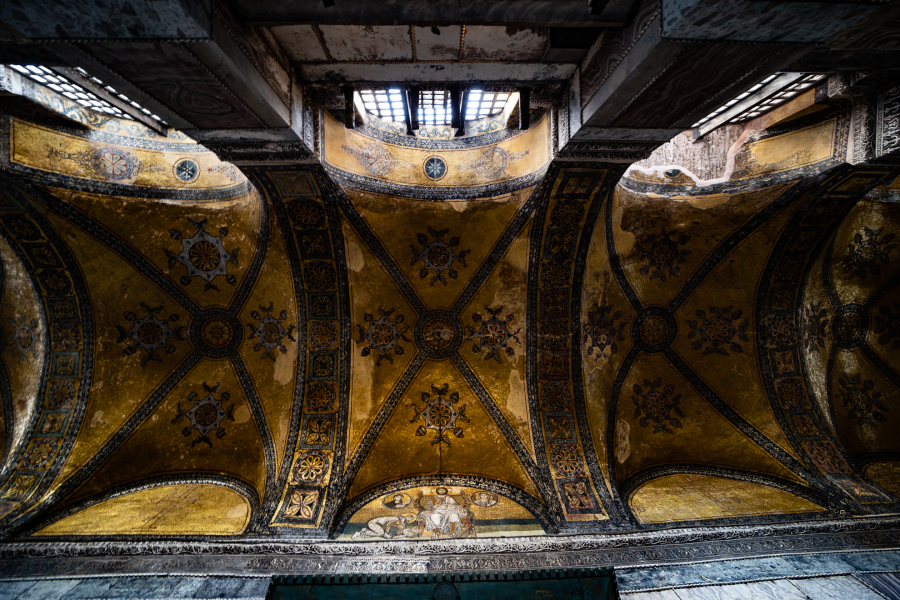
Much of the original structure of the Hagia Sophia shows Byzantine creativity. The dome is supported by only four curved frames. 40 windows placed in rows on the roof not only let in natural light but also help reduce the weight of the dome on the overall structure. Marble columns support the dome below, giving it a solid structure, and the surrounding walls are inlaid with intricate patterns and symbols, along with dozens of cleverly arranged windows, making anyone who steps into the main hall of the Hagia Sophia for the first time admire. Large chandeliers, mosaic paintings and traces of different faiths such as Christianity and Islam can also be found throughout the Hagia Sophia.

In 1453, Constantinople was captured by the Ottoman Empire. Sultan Mehmed II ordered the building converted into a mosque. The bells, altars, and murals were removed, and much of the mosaic floor was plastered over. Islamic architectural details, such as the mihrab (alcove facing Mecca), minbar (pulpit) and four minarets (towers) on the outside, were added during the Ottoman period.
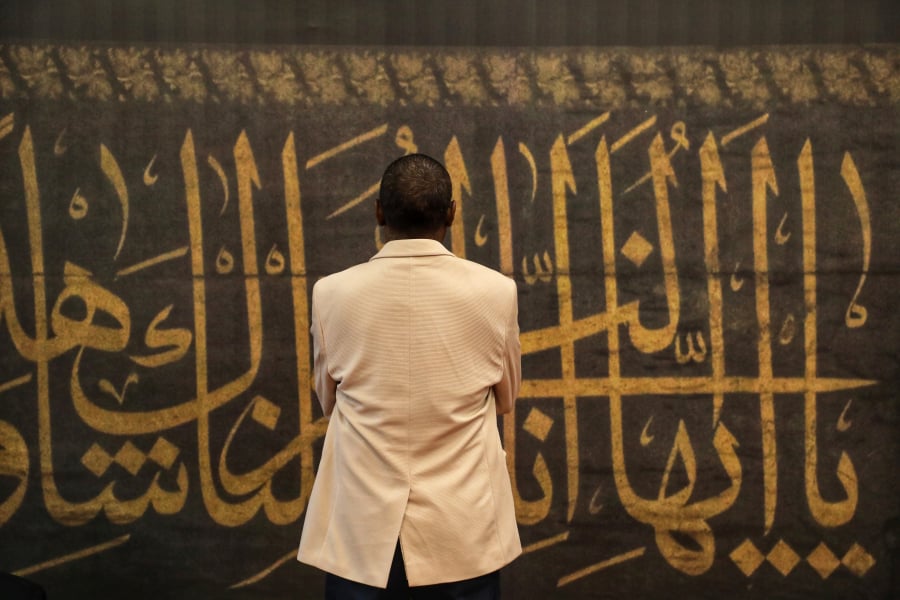
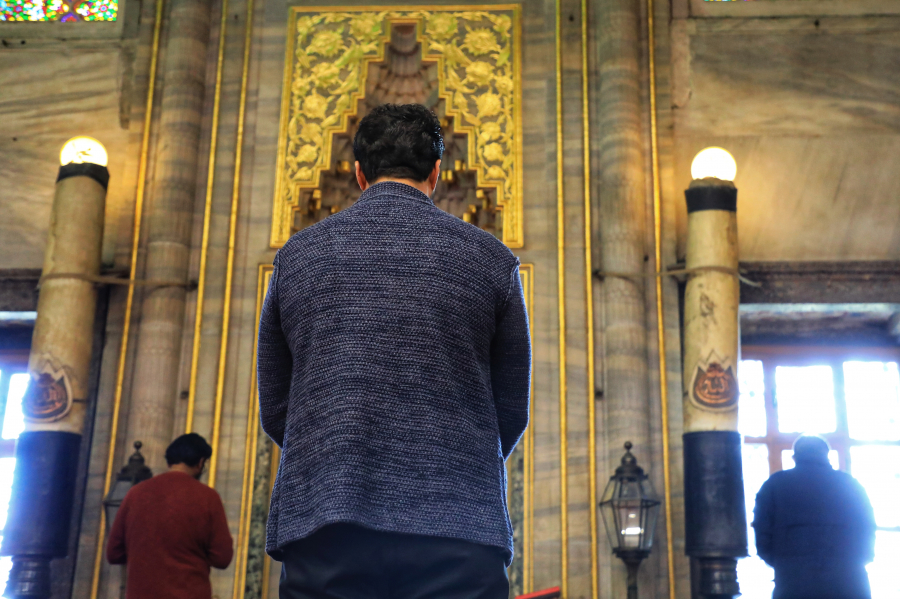
The Hagia Sophia opened in 537, under the control of the Eastern Orthodox Archbishop of Constantinople. It briefly fell into the hands of the Roman Catholic Church (from 1204 to 1261) during the Crusades. In 1453, the Hagia Sophia became an imperial mosque when the Ottoman Empire captured the city. In 1935, it was secularized and converted into its current museum.
Don't treat Hagia Sophia as a museum
Not long ago, Turkish President Recep Tayyip Erdogan said that tourists visiting Hagia Sophia should not consider it a museum but a mosque. Mr. Erdogan said that considering Hagia Sophia as a museum would reduce the sanctity and erase the real value of Hagia Sophia.

In the past, Hagia Sophia was the main mosque of Istanbul, serving as a model for many other Ottoman mosques such as the Sultan Ahmed Mosque, the Şehzade Mosque, the Süleymaniye Mosque and the Rüstem Pasha Mosque.
In 1935, Hagia Sophia reluctantly became the city museum of Istanbul. The radical Muslim and Orthodox factions fiercely fought for the right to own this church. Because they did not want to maintain the division in the hearts of the Turkish people, the government of this country was forced to decide to turn this facility into a museum, despite the fact that Hagia Sophia was a real church. Hagia Sophia is part of the historical complex in Istanbul and was recognized by UNESCO as a world heritage site in 1985.
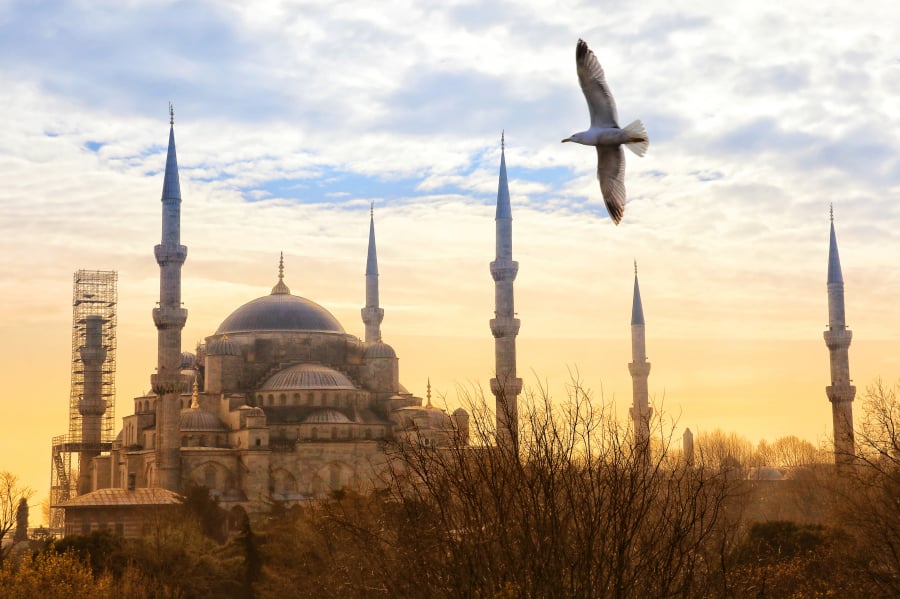
With its four majestic minarets and large central dome, the Hagia Sophia dominates the Istanbul skyline. From the outer portico, five gates open onto the inner portico, where visitors can admire 9th-century mosaics and 10th-century frescoes from the Christian faith. The domes of the Hagia Sophia are decorated with Islamic inscriptions of verses from the Quran. Visitors can also visit the eastern corner of the Hagia Sophia's gardens to see the tombs of several past Turkish sultans.
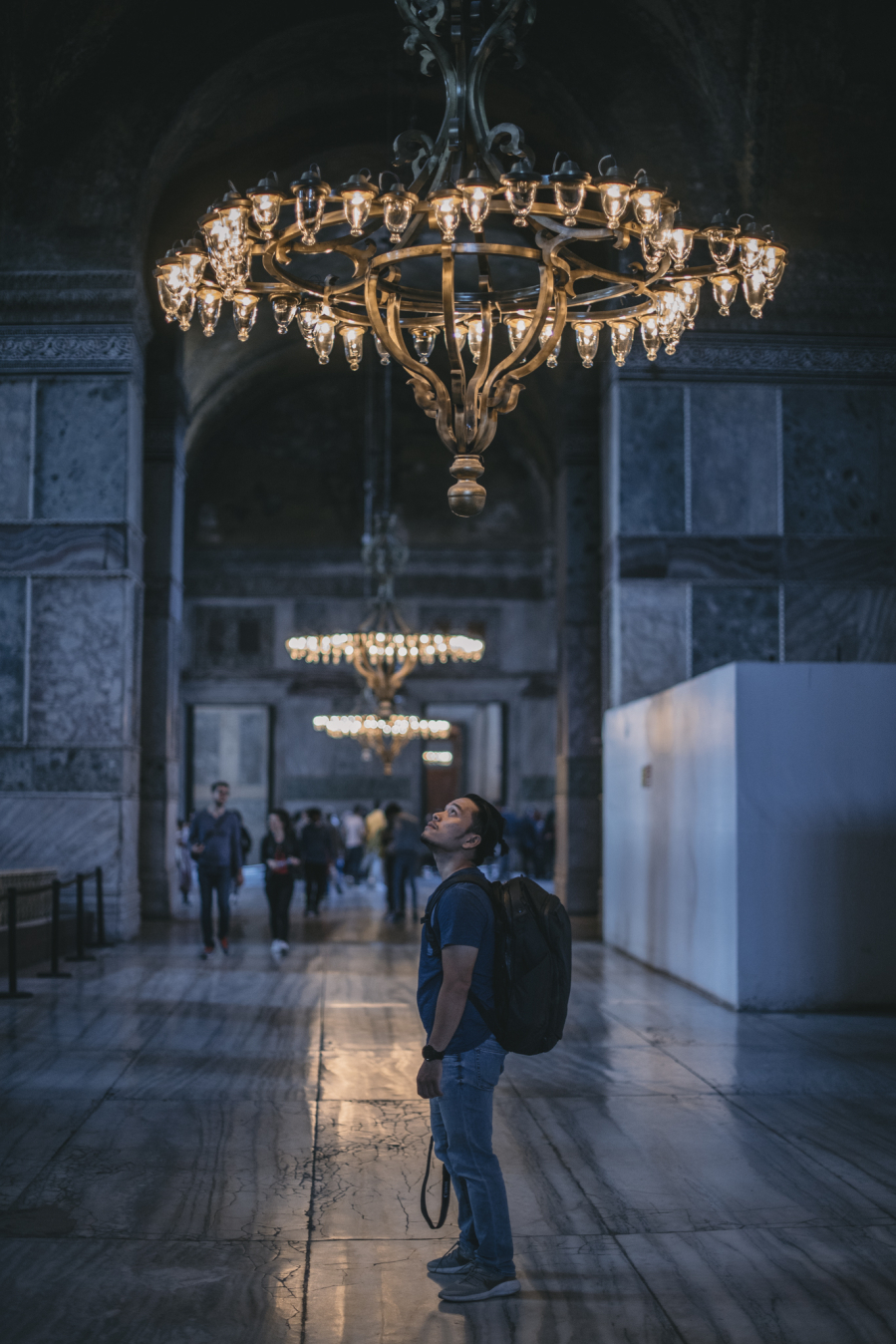

As the Hagia Sophia is Türkiye's premier cultural treasure, long lines of people often form outside. However, visitors rarely have to wait more than half an hour to get inside. The Hagia Sophia is located in the Old City and is accessible by public transport. It is open every day of the week except Monday, with extended hours in the summer. For just $15, visitors can enter a site that was the largest cathedral in the world for nearly a millennium and is the pride of Turkey.





